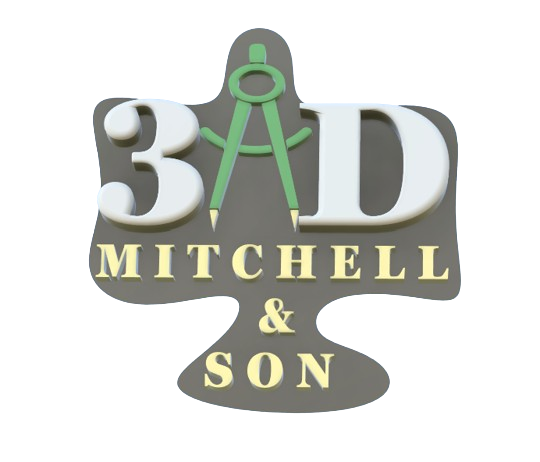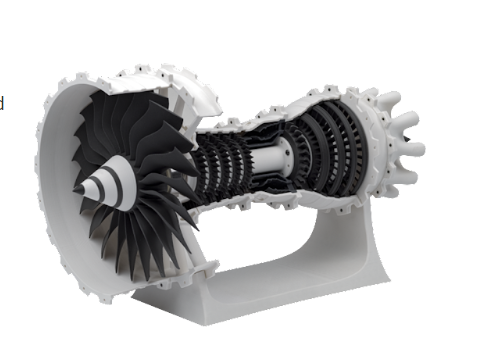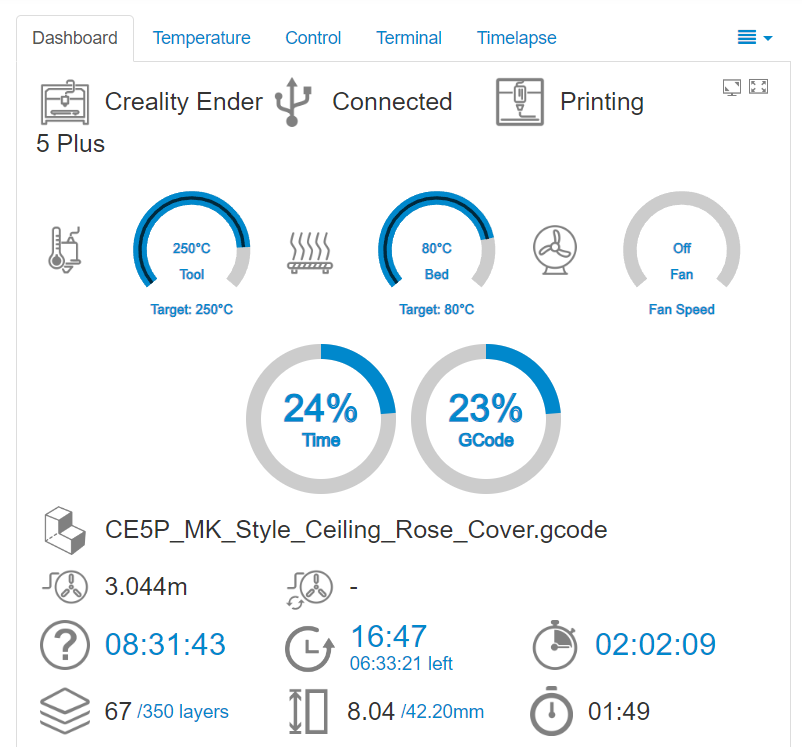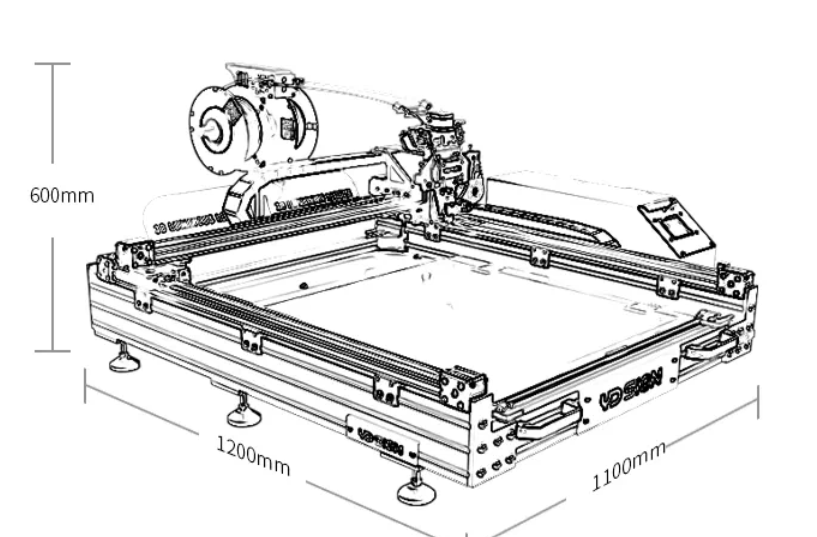Why Titanium and Inconel?
Why Titanium and Inconel? The Difference Between 3D Printing and Traditional Casting
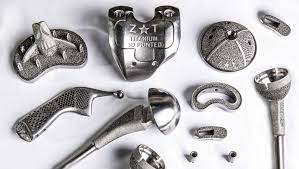
In the world of 3D printing, titanium and inconel are both heat-resistant alloys that have become increasingly popular. Both have their advantages and disadvantages, so there’s no one “right” material for every job. Understanding the key differences between these two metal casting processes will help you determine which is best for your 3D printed components. Both titanium and inconel are nickel-based alloys that offer properties tailored to specific industries. While they’re not always the right solution, they can be useful in certain applications. Let’s take a closer look at each metal, their pros and cons, and how they’re most effectively used in different scenarios.

What is Titanium?
Titanium is an extraordinarily strong, light metal with a number of useful properties. It is extremely resistant to corrosion, making it a great choice for marine and medical equipment. It also has high tensile strength, which makes it a good material for high-pressure equipment. As a result, titanium is a popular material used in the production of aircraft. Titanium is also used to make medical implants because it is biologically inert (or “immune” to the body’s chemical processes). This makes it a great choice for joint replacements and other implanted medical devices.
Why is Titanium Good for 3D Printing?
Titanium has a relatively high melting point of approximately 2,300 degrees Fahrenheit. Since this is lower than many other metals, it can be melted using lower temperatures. Therefore, it works well when used with cheaper, less powerful 3D printers that may not be able to operate with the same precision as high-end machines. Titanium is also highly resistant to heat. This makes it a good choice for parts that are subject to extreme temperatures, like 3D printed actuators, bearings, bushings, and more.
What are the Disadvantages of Using Titanium in 3D Printing?
While titanium is extremely strong, it also has a high modulus of elasticity. This means that the material will be stiffer than many other metals. Parts made from titanium might not function as well in certain applications where high flexibility is needed. Titanium can also be difficult to work with. It is prone to forming hard-to-remove chips, and it may even form sparks when it is machined. This can be a problem for many 3D printing applications, where operators work in controlled environments. Also, titanium is highly resistant to many acids and alkali solutions, but can react with nitric acid. This makes it difficult to cast and form.
-
City skyline
Photo By: John DoeButton -
Birthday Sparks
Photo By: John DoeButton -
Fashion Magazine
Photo By: John DoeButton
What is Inconel?
Inconel is a nickel-based alloy that has a number of fantastic properties. It is resistant to corrosion and rust, is highly heat-resistant, and is extremely durable. Inconel was created by the US Navy in the early 1940s, and is now used in a variety of industries. Inconel is also sometimes called nickle-chromium alloy. Inconel may be advantageous in certain situations because of its ability to withstand high temperatures without melting, which can be useful in high-pressure environments. It also has a lower modulus of elasticity than titanium, meaning that it is more flexible. This can be useful for certain applications in the medical and aerospace industries.
Why is Inconel Good for 3D Printing?
Inconel has a melting point of 2,450 degrees Fahrenheit, which is relatively high. This means that it is best for high-end (and expensive) 3D printers that can produce high-temperature melts. Inconel is also resistant to corrosion, which can be advantageous for certain parts. However, it isn’t as resistant to corrosion as titanium. Inconel is also extremely durable and heat-resistant, which makes it a great choice for many applications.
What are the Disadvantages of Using Inconel in 3D Printing?
Inconel can be difficult to work with. It can form hard-to-remove chips, sparks, and can be prone to deformation. This can make it challenging to machine and can increase the risk of operator injury. Inconel is also more expensive than many other metals. While the price difference is relatively small, it can add up. For example, using inconel on a higher-volume production run can increase the per-part cost by 50-100%.
-
City skyline
Photo By: John DoeButton -
Birthday Sparks
Photo By: John DoeButton -
Fashion Magazine
Photo By: John DoeButton
Summing up
Titanium and inconel are both excellent materials for 3D printing. Both offer advantages for certain applications, and there is no “right” material for every job. Using these nickel-based alloys wisely can help you achieve the best results.
Industries
About Us
All Rights Reserved | Mitchell and Son Additive Manufacturing Ltd | Registered Company in England and Wales | Company Number : 12038697
| Public Liability Insurance no. 14615097
Insurer: AXA XL
